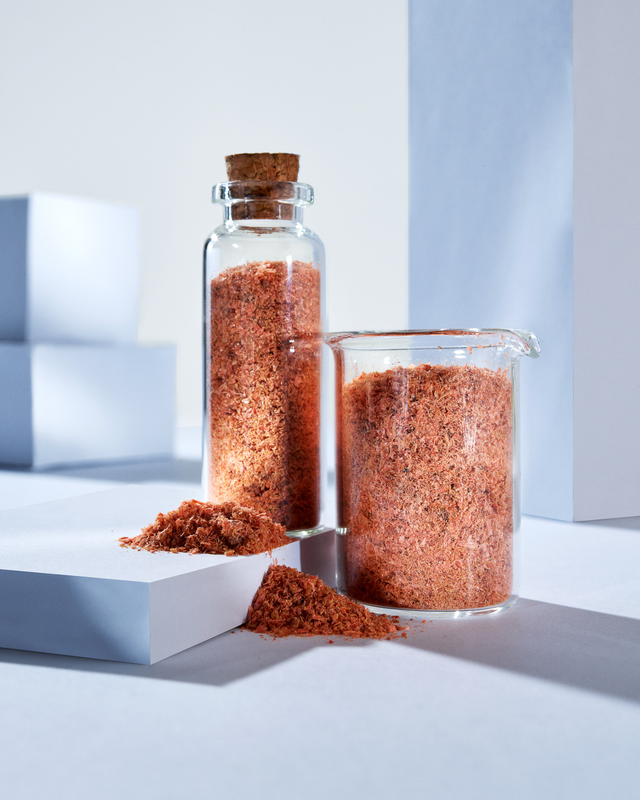This simple ingredient could save the salmon industry from its biggest threat says new study.
A new study conducted by ILAB in collaboration with Aker BioMarine, QuantiDoc, and the University of Bergen’s Department of Biosciences has revealed that the inclusion of krill meal in Atlantic salmon diets can improve skin health and reduce salmon lice infestations. The research, which focused on salmon smolts, found that a diet with eight percent krill meal produced significant improvements in skin mucosal health and reduced the number of lice in treated fish.
The 86-day study, conducted at ILAB’s facility in Bergen, Norway, evaluated salmon across six tanks, each containing 50 smolts. The fish were fed diets containing either eight or 12 percent krill meal or a control diet mimicking a conventional salmon feed. After eight weeks, the fish were exposed to lice infestations for two weeks. The results showed that the group receiving the eight percent krill meal diet had significantly fewer lice and improved skin mucosa compared to the other groups.
Salmon lice and poor skin health are persistent challenges in the salmon farming industry, often leading to increased mortality and reduced growth, affecting both profitability and fish welfare. Current treatment methods can be stressful for fish, highlighting the need for alternative solutions, such as functional nutrition.
“This is the first study of its kind to indicate the potential of krill meal as part of a nutritional strategy to improve skin health and reduce lice,” said Karin Pittman, professor at the University of Bergen and CSO at QuantiDoc. The findings suggest that krill meal, rich in nutrients such as phospholipids and omega-3 fatty acids, can strengthen the salmon’s skin barrier, making them more resistant to lice infestations.
Kiranpreet Kaur, Director of R&D Fish Health and Nutrition at Aker BioMarine, noted that based on the study’s results, a krill meal inclusion of eight to ten percent for smaller fish and ten to twelve percent for larger fish could be beneficial in managing fish health.
The study marks a promising development in the use of krill meal as a functional ingredient in salmon feed, with potential implications for improving the welfare and productivity of farmed salmon.








